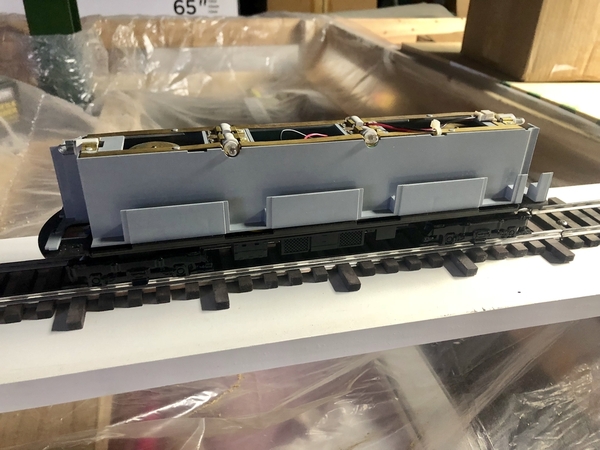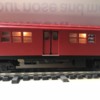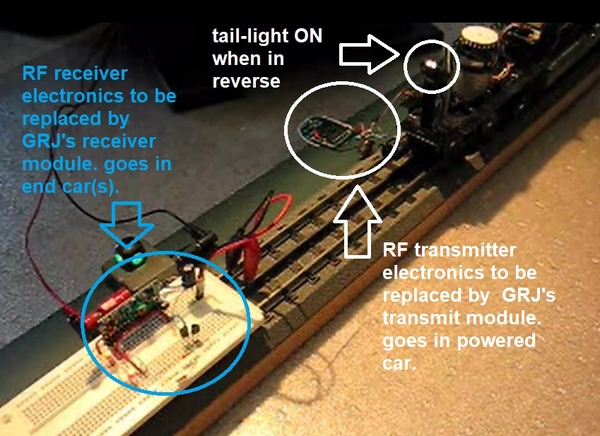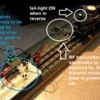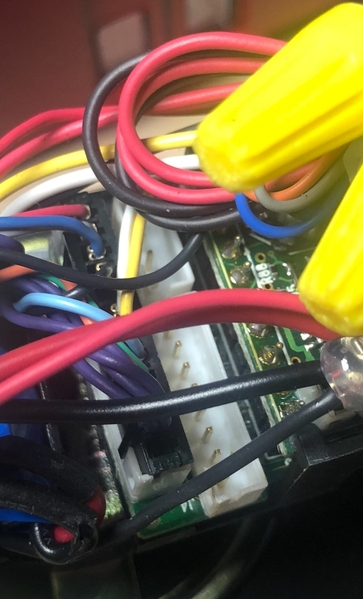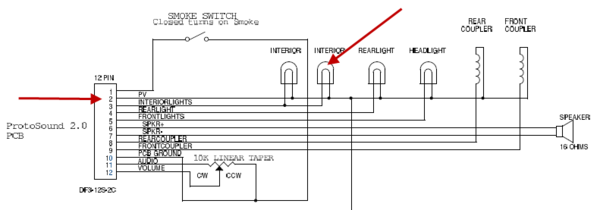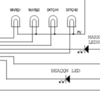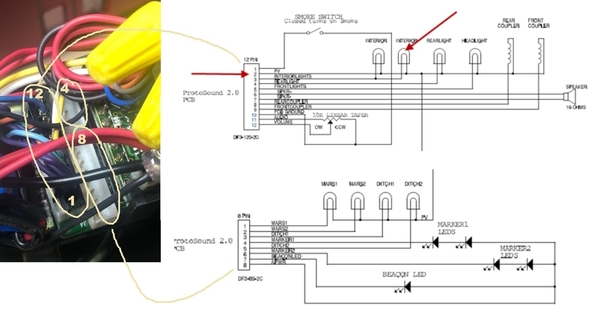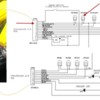Well, that makes sense. I figure most guys run multiple-car subway consists...and if the Interior Lights of the non-motorized cars simply come on with track voltage then why would you want the powered/motorized car to behave any differently? Duh! 
I guess remote-controlled synchronized Interior Lights of an entire consist is asking a bit much...when what has actually been requested over the years is a solution to directional lighting on the end cars. That is, how to simply, inexpensively, easily, etc. have the end car mimic the directional lights of the powered car at the other end.
That said, and just thinking out loud, perhaps your Universal (up to 4 channel) system is too much capability? It's just that I believe it's the only-game-in-town for what I'm calling Method 4.
This being a discussion forum, I wonder if the Method 1 tether can step up to the plate - specifically the wireless tether. I think of the MTH slave-diesel configuration and how the daisy-chain means you can't have a pusher-puller with the engines on the ends. Yet, that's really the same thing as the subway "problem." You want the car/engine at one end of the consist duplicating/copying the behavior of the car/engine at the other end. But what's different with the subway is all the intermediate/intervening cars HAVE POWER! How can this be used to advantage? Read on!
So here's a half-baked idea. Assume one wants to "upgrade" the interior lights of the non-motorized cars to LED lighting. Yes, the lights always come on with track power but that's just the way it is. But with LED lights (I'd think some LED strips) there is DC power and you have to mess with and modify the shell/roof to install them. I'm imagining a very simple circuit that has a 5-cent Infrared LED and a 5-cent Infrared detector. These can be the 3mm style commonly used in O-gauge.

The idea is the powered car's tail-light also turns on an IR LED aimed out a window or unused lens. The LED is aimed at the next car's symmetrically located window or lens. The IR detector in the next car detects the IR LED energy (it's coming from an inch or two away!) and echoes this to its LED at the other end. This makes a simple ON-OFF daisy chain to the last car which now has the powered car's tail-light status. This then drives the directional lights at the far end.
As shown, I believe this can also work for a middle-positioned power car. That is, the powered car's tail-light drives an IR LED at each end of the powered car.
Again, this is a discussion forum. This is a different tack. That is, it approaches the problem by asking what is the minimum needed to get the job done...rather than stripping down and using only the fraction of the capabilities of the Universal Wireless system.













